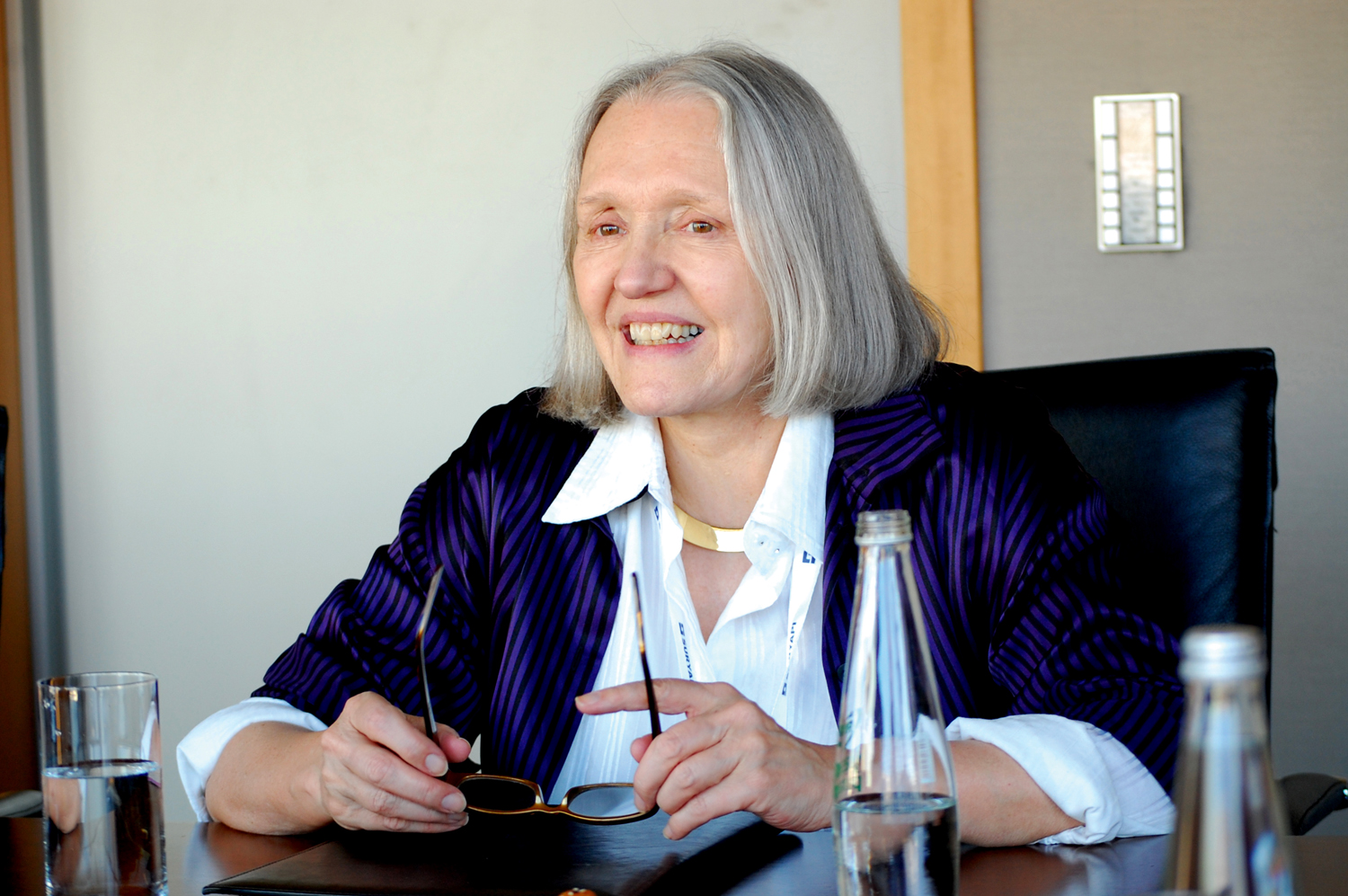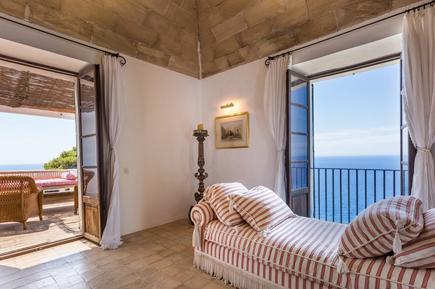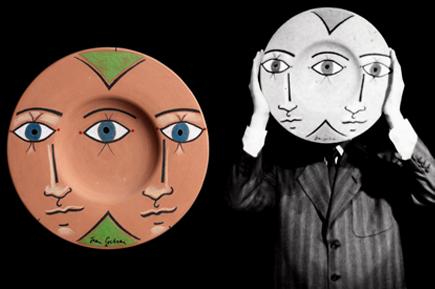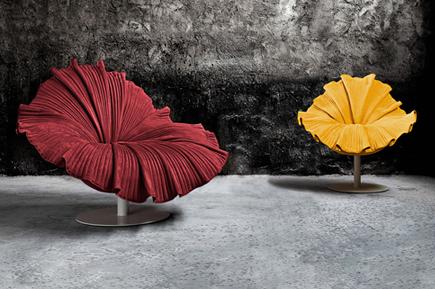Saskia Sassen: «I have a long time obsession with borders»
6 Moscow Biennale of Contemporary Art

Saskia Sassen / photo from personal archive
Saskia Sassen is a world-renowned researcher of globalization, international international human migration and urban studies. Robert S. Lynd Professor of Sociology at Columbia University — special participant of Sixth Moscow Biennale of Contemporary Art.
Born in the Netherlands, she grew up in Argentina and Italy, studied in France, was raised in five languages, and began her professional life in the United State. She is fluent in Spanish, Italian and French, and good in Dutch and German. She also studied Russian and Japanese. Her authored books are translated in over twenty languages. For more information visit researcher′s personal site www.saskiasassen.com.
In an interview with Orloff Magazine professor Saskia Sassen talked about the multisided nature of the borders, the global city and the urbanizing of our imaginations.
The Main Project of the Sixth Moscow Biennale of Contemporary Art is «HOW TO GATHER?» Do you think that in a global cooperation is necessary to delineate or to destroy borders of cultural co-existence?
Cultural interactions produce special kinds of geographies that can cut across existing borders of all sorts, from political and economic to informal civic and formal legal borders. When you ask about borders I should clarify that I see the border as a multi-sited event. When I arrive next week in Moscow, my border will be in the center of the country, not its edges...
The geographic borders of a country such as the US shows how it can be closed to some — with a weaponized wall, to keep potential immigrants out — and still be open to others — corporate bosses going to check their factories on the Mexico side.
So what is a border?
I have a long time obsession, as you may begin to see, with borders... It is perhaps because I grew up in 6 languages and in 4 countries... So let me give you some of my thoughts on borders. We all know that there are borders everywhere — inside a city, inside a home. But I would argue that even in the case of very formalized borders of the inter-state system, there is far more ambiguity once you begin to look at how it functions for different types of lows.
Today the border in the inter-state system is a mix of regimes with variable contents and locations. Different flows of capital, information, professionals, undocumented, each constitutes bordering through a particular sequence of interventions, with diverse institutional and geographic locations. The actual geographic border is part of the cross-border flow of goods if they come by ground transport, but not of capital, except if actual cash is being transported.
Each border-control intervention can be conceived of as one point in a chain of locations. In the case of traded goods these might involve a pre-border inspection or certification site. In the case of capital flows the chain of locations will involve banks, stock markets, and electronic networks. The geographic borderline is but one point in the chain; institutional points of border control intervention can form long chains moving deep inside the country.
One image we might use to capture this notion of multiple locations is that the sites for the enforcement of border regimes range from banks to bodies. When a bank executes the most elementary money transfer to another country, the bank is one of the sites for border-regime enforcement. A certified good represents a case where the object itself crossing the border is one of the sites for enforcement: the emblematic case is a certified agricultural product. But it also encompasses the case of the tourist carrying a tourist visa and the immigrant carrying the requisite certification.
Indeed, in the case of immigration, it is the body of the immigrant herself which is both the carrier of much of the regime and the crucial site for enforcement; and in the case of an unauthorized immigrant, it is, again, the body of the immigrant that is the carrier of the violation of the law and of the corresponding punishment (i.e. detention or expulsion).
In the first discussions take part you and architect Rem Koolhaas. What suggests to you this kind of conversation?
«Сonversation» comes from the Latin «conversere», which literally means being turned over and over and over... a real conversation — and not so many happen under the designation conversation — mean that we build together something that was not there before, bit by bit. That our different bits (interventions) different as they might be can wind up constituting a larger event than the sum of each participants contribution... because those bits should be working together, affecting each other, forcing us to change our bit a little.
So a conversation can actually be better if each of the participants not only has a different perspective, but ha s a well developed different perspective... And has speech about it, can talk about it... having is not the same as speaking about.
The second part of the Biennale theme is «ACTING IN A CENTER IN A CITY IN THE HEART OF THE ISLAND OF EURASIA». How the location of the modern city influences the question of cultural interaction in the city and beyond?
I love that long title that becomes an invitation to move into a pathway and that keeps on rolling... very nice, enticing, like a stick cobweb from which you cannot exit easily. What I see the title as signaling or wanting to signal is the capacity of a city to exit the territory within which it is embedded, encrusted, and to connect with other cities also embedded in national territories... The city as a space that can connect across vast distances, no matter that it is surrounded by often very national/nationalistic space, often closed to the rest of the world, and connect with other cities equally surrounded by vast national territory.
This is partly possible in today's world because — as I like to emphasize — there is no such thing as one global city. The global city is a function of a network of cities. In that sense it is different from the capitals of old empires where you have one city at the top. The kind of urban space that the contemporary period makes possible is different — it is partly because of the greater ease of communications. The simultaneity the instantaneousness of the communication — sharper, faster that in any older period, even if there always were cities connected to each other.
This all is different today because it can happen simultaneously in long-distance digital networks and in a very, very concentrated space. But this interaction among cities goes well beyond the fact of digital technologies. It is also a sort of urbanizing of our imaginations... and to some extent that urbanizing happen especially in large cities and these large cities are complex mixed environments — features they share with other cities. No matter all the differences between Moscow and New York, they share that urbanity.
What characteristics should have a place where global cultural events take place? Is it more efficient to use already existing or specially designed place?
Whether you build a new space or use existing space depends on multiple factors. If there is really no adequate space, then building new is a necessity and if done well, becomes a contribution to a city; if done badly, as is so often the case with big pretentious nationalistic events, then it is a huge waste of resources/money and of space. When Barcelona did the Olympics it used it 100% (not 20 or 30%, a 100%) to upgrade the city, every neighborhood. It placed sports facilities in as many neighborhoods as possible, mostly poor, which could use a basketball court, a swimming pool... It has become a model of all such big events, but none has succeeded the way Barcelona succeeded. Each big event should be an occasion to upgrade, distribute... and in the case of an art event, yes, use whatever venues exist, so people will go and visit different parts of the cities. I think it is a brilliant concept... a multisited biennale, a biennale that is present across the city...
Can you designate several sufficient indicators for Moscow defining its role as a major center of cultural attraction?
I do not know enough about Moscow, and I really do not know enough about culture... I know about cities as complex spaces, as frontier zones in our current time, where people from many different cultures and places mix. Global cities around the world are the terrain where a multiplicity of globalization processes assume concrete, localized forms — from financial centers to cultural spaces. These localized forms are, in good part, what globalization is about. The global does not float above it all — it hits the ground in very specific ways and in very particular places. Recovering place in a discussion about the global means recovering the multiplicity of presences in this landscape.
The large city of today has emerged as a strategic site for a whole range of new types of operations — political, economic, «cultural», subjective. It is one of the next where the formation of new claims, by both the powerful and the disadvantaged, materializes and assumes concrete forms. And a distributed cultural event such as a Biennale that localizes itself across cultural spaces in a city, rather than in one big space, a museum... is what cities are good at. It is, in a way, an urbanizing of the Biennale. But also in other domains. I find that a global city, with all its mixes of people and economies and cultures is a place where those without power get to make a history, an economy, a culture. Their powerlessness does not disappear but it becomes complex.
One hundred years ago, Modernism in art relied to some extent on the analysis of errors in the values of society. What the structural malfunctioning of the current social reality, you can highlight, viewing modern art?
In «Expulsions» (Harvard University Press, 2014) I examine the ramifications of a critical social shift in the developed countries of the West: the trend, beginning around 1970, away from Keynesian economic models toward mass deregulation and privatization. This has had grave consequences, causing the exclusion of vast segments of the global population from reasonable livelihood.
And there, in the last paragraph of the book, I ask whether the spaces of the expelled have become a key subject for research given their extraordinary diversity. The spaces to which I am referring range from those generated by the homeowners crisis in the US (which in the past decade, has forced some 30 million people from their homes) to land grabs in the Global South that have expelled millions of rural farmers from their livelihood, to worldwide environmental destruction that has expelled pieces of the biosphere herself, leaving us with large regions of dead land and dead water.
With so many different pathways into destruction, we might wonder what is being constituted in these places. It also leads me to ask whether we are actually seeing the making of deep processes that cut across familiar divisions — global south/global north, east and west, to mention just two familiar ones. In «Expulsions», I argue that these cross-cutting processes can be thought of as conceptually subterranean... not because they are beneath the ground but because they have not been conceptualized, which would have made them visible.
Thinking about a connection to the cultural, how these contemporary dynamics might square, say, with the classic notion of «bohemia» in the West — a state of classlessness brought upon a certain group in the wake of great structural/political change — and whether the fading of «bohemians» as a romantic culture (one that values its marginality) might be linked to an underlying sense that true disenfranchisement is again a very real threat.
text: Artem Kalnin
© Orloff Russian Magazine





